State and federal agencies expect to reduce the size of the Yellowstone National Park bison herd by 600 to 900 animals this season. That’s about the same number as last year.
The Inter-agency Bison Management Plan Committee in West Yellowstone Tuesday voted to accept a culling recommendation from Yellowstone National Park biologists.

The group is made up of representatives from the National Park Service, Montana Fish, Wildlife and Parks, Montana Department of Livestock, USDA Forest Service, USDA Animal and Plant Health Inspection Service, and representatives from the Nez Perce, Confederated Salish and Kootenai, and the Inter-tribal Buffalo Council.
Currently the Yellowstone bison herd is estimated to number about 4,900 animals, up about 300 from a year ago. Park managers say they attempt to keep the herd at about 4,000 animals by the end of each winter.
Hunters are expected to harvest 200 to 300 animals this season. The rest will be captured and slaughtered, though as many as 110 will be quarantined for eventual shipment to tribal bison preserves.
Park biologist Chris Geremia said managers have a lot of competing goals to meet when deciding on the bison cull numbers. He said that includes, “To support bison migration outside the park, to support and conserve the bison population, to support tribal and state hunting outside the park, while minimizing the total migration which in turn minimizes the chance of brucellosis transmission.”
Geremia said with winter weather starting early this season, he expects a a substantial migration of bison out of the park and into the Gardiner basin this winter.
He also said the Yellowstone bison herd is out of balance. He said right now there are more older male bison than female animals. So, he says more bulls are likely to be targeted this season.
This article was first published by Q2 Montana’s News Leader on 3 December 2019.
What you can do
Support ‘Fighting for Wildlife’ by donating as little as $1 – It only takes a minute. Thank you.


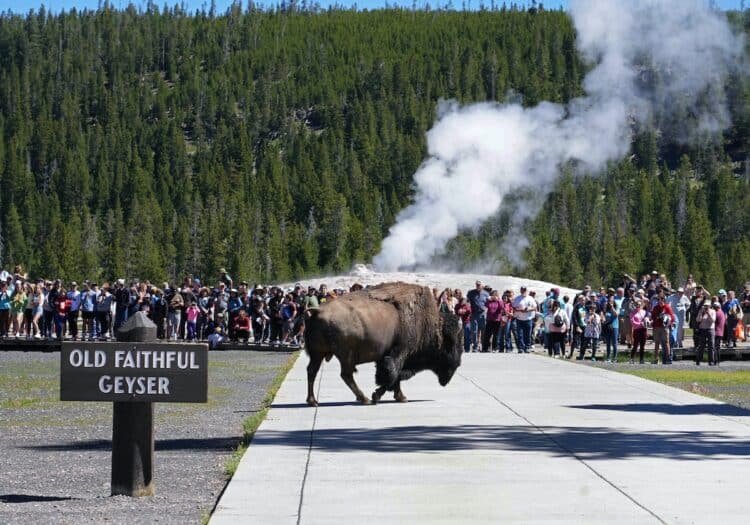
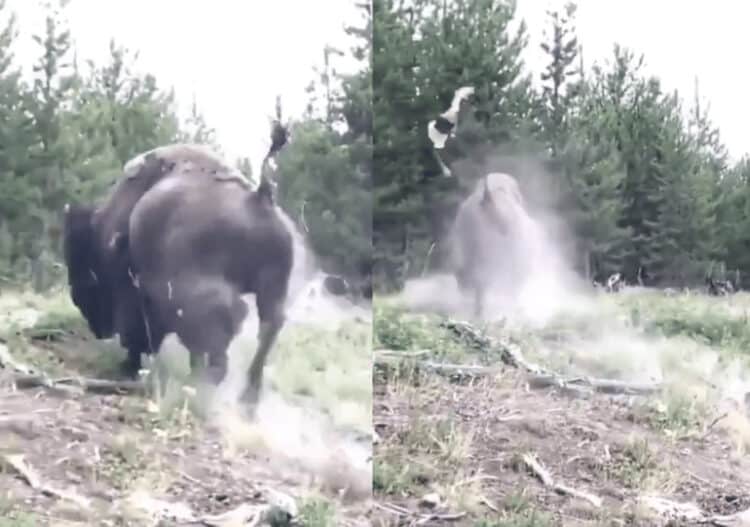
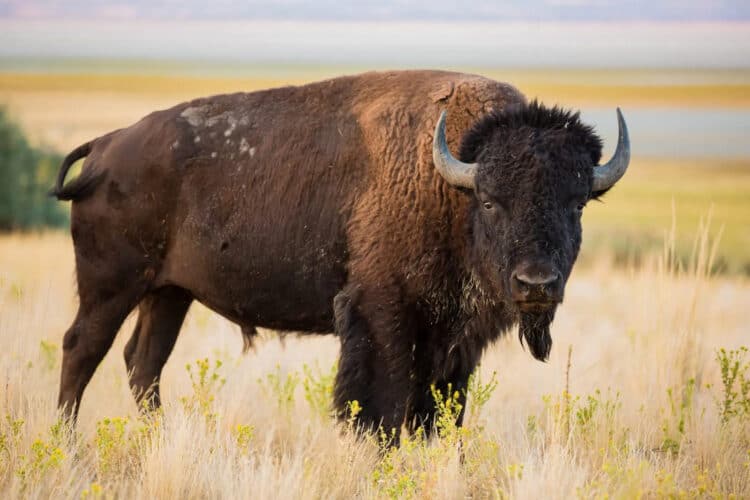
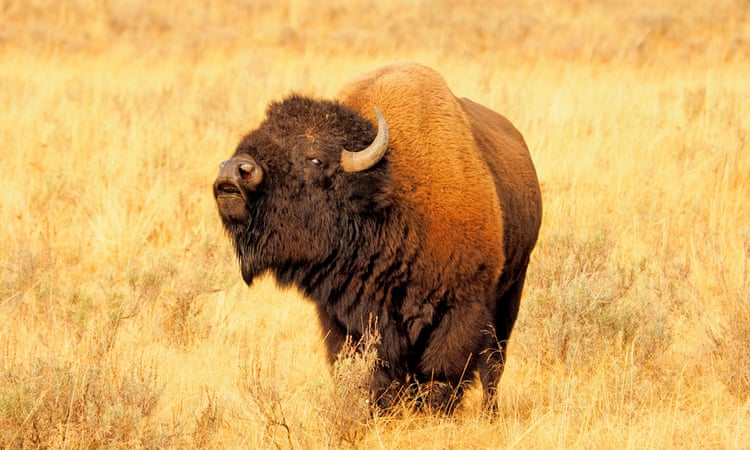
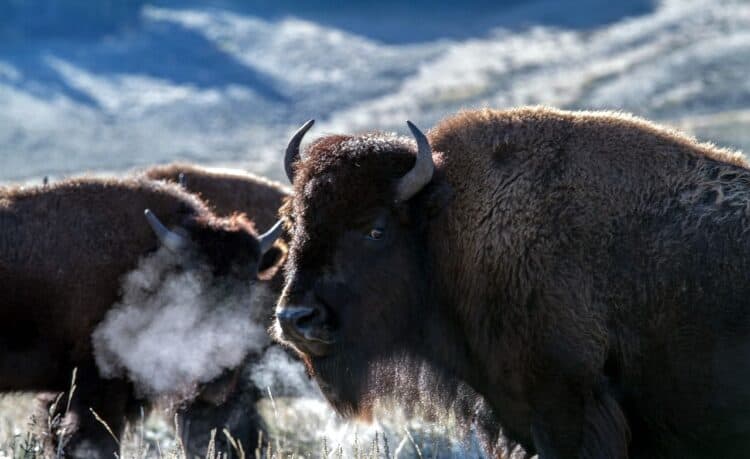
Leave a Reply